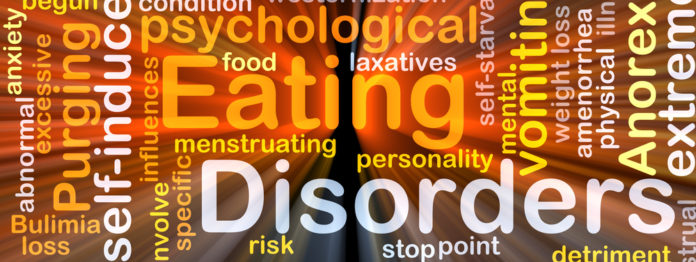by Irene Marie Erckert, Ph.D.
In 2010, The Center for Science in the Public Interest, a nonprofit organization, advocated for calories to be put on menus at chain restaurants to inform the public about nutritional content in hopes that people would make more informed, “healthier” choices and potentially lead to a decrease in “Obesity”(1). Congress put it into law in 2018, and when people walk into any chain restaurant like Panera or Cheesecake Factory, the calories for each menu item are on the wall listings as well as on the table and kiosk menus.
While this initiative was designed to promote health, Congress was unaware that there are deleterious effects for those suffering from eating disorders or those early on in their recovery from an eating disorder. Both clients with Anorexia and Binge Eating disorders have disclosed in therapy at Calm and Nourish Therapy, that seeing the calories leads them to undereat. For those with Anorexia, they eliminate calorie dense foods that they used to enjoy before the eating disorder. When they see the calories of these foods, they determine that calorically dense foods, whether baked or fried, main course or dessert, are to be banned at all costs. Subsequently, they choose the lowest calorie item which then reinforces their eating disorder. When trying to reincorporate these “fear foods” in recovery, seeing the calories on the wall or menu can lead the “Anorexia voice” to take over and they avoid the food. Clients who binge come into restaurants feeling shame about their eating and bodies. When they see the menu, their eating disorder may lead them to choose a small side salad. They do not want others around them to see them eating what they believe they “don’t deserve.” They then leave hungry, and this physiological deprivation triggers a binge later when alone. This binge then reinforces the shame they feel and keeps the cycle going.
What can those suffering from eating disorders do in these situations? Go to the restaurant already knowing what you will order, and tell someone who will be eating with you, someone you trust. If necessary, ask the trusted person to order for you and do not look at the menu.
Parents can help by bringing the food as take-out when their child is trying a fear food for the first time to prevent the eating disorder from making the decision to avoid that food. After the food is comfortably integrated, then they can visit the restaurant to order but they can ask their recovering child to avoid looking at the menu until the child is ready for the exposure.
Significant others who are helping adults with Anorexia integrate fear foods can order the fear food, and when eating can encourage the partner to share the food. Even trying a little bit can be a start to incorporating the fear food.
For those with Binge Eating, remind yourself that you are worthy of food and that your disorder and/or body does not determine your worthiness. Food is fuel that we all need regardless of body size or eating disorder. Also remember that you might binge in secret later, and the best protection is to fuel well now and not allow yourself to leave feeling hungry.
Lastly, writing letters to your local Congress Representatives sharing your story can help to educate about eating disorders. This advocacy may lead to an amendment of the law, helping those who are harmed by these obvious listings. An amendment to the law could be to have a closed menu with calories on the counter for people to look at if they choose, similar to how restaurants have an allergy-friendly menu for those with peanut allergies, so they know how to order without causing an allergic reaction. In terms of Kiosk menus, when the item comes up, rather than having the calories visible, there can be an option to push a button for the nutritional information.
Eating disorders are serious diseases that can result in death, and having the calories in sight may be a hindrance to recovery and reinforce the disorder. Advocacy through education can aid in recovery from eating disorders.
- Https://WWW.cspi.org, May 2, 2018


